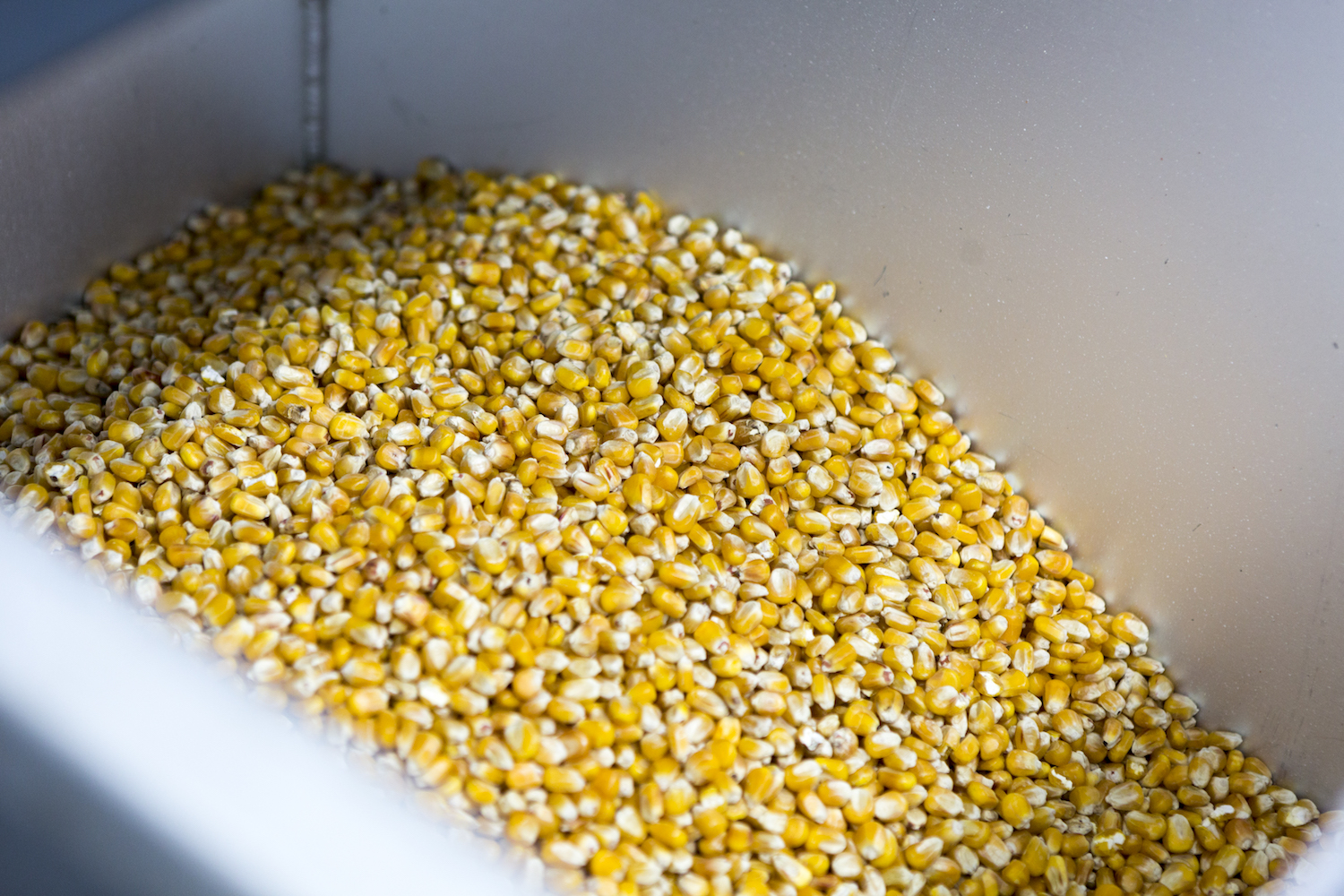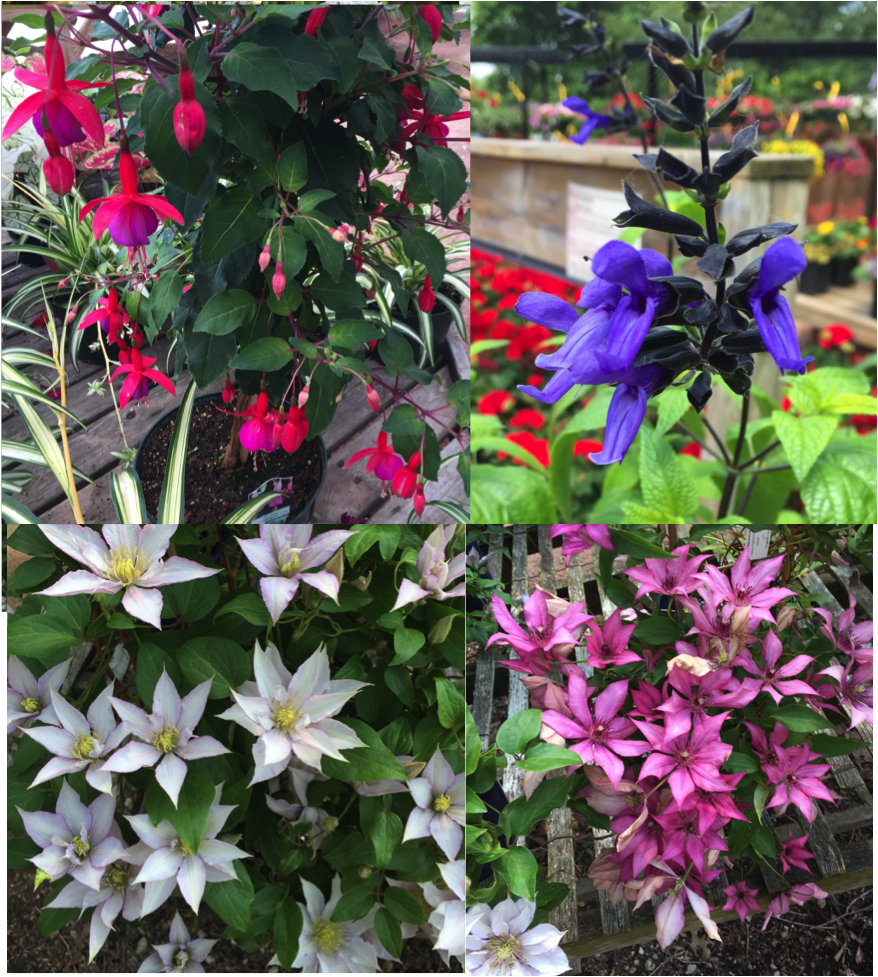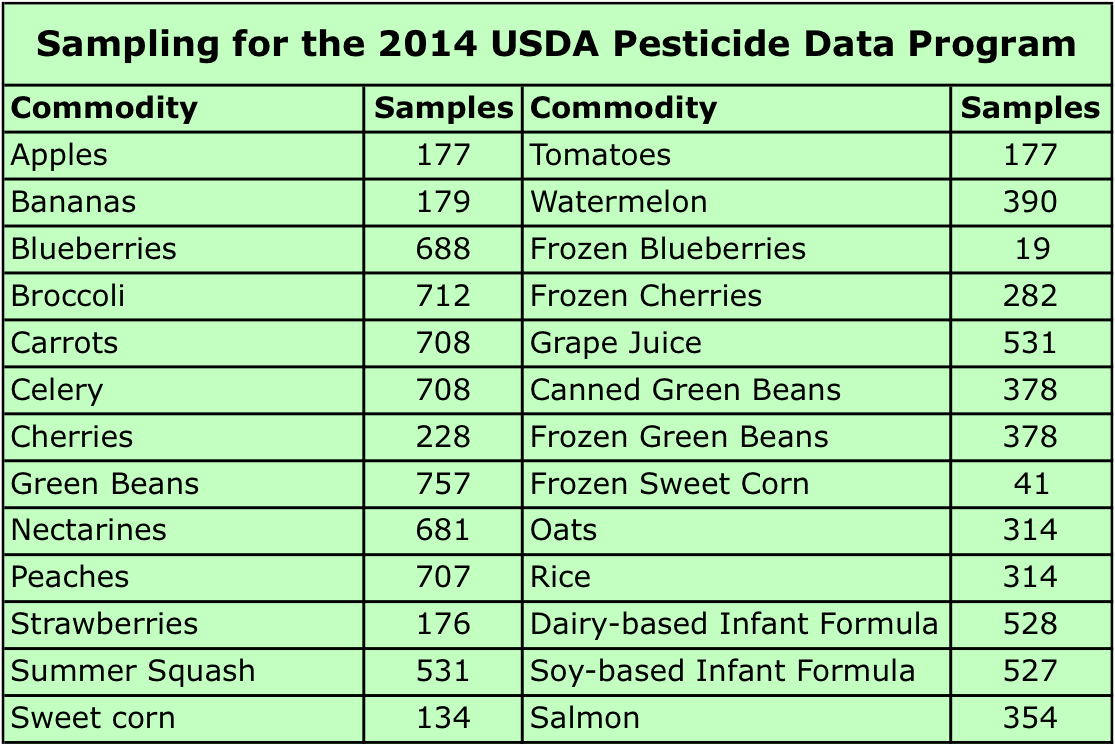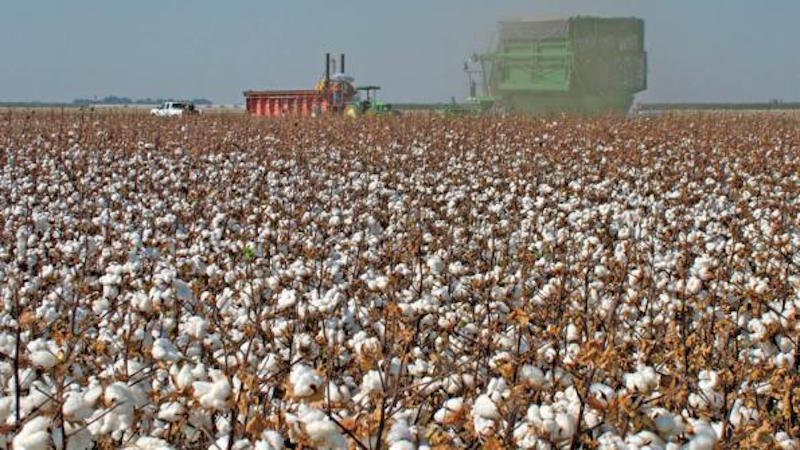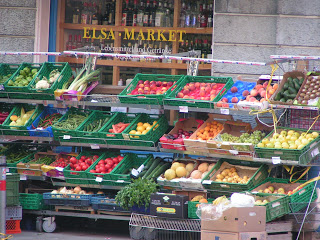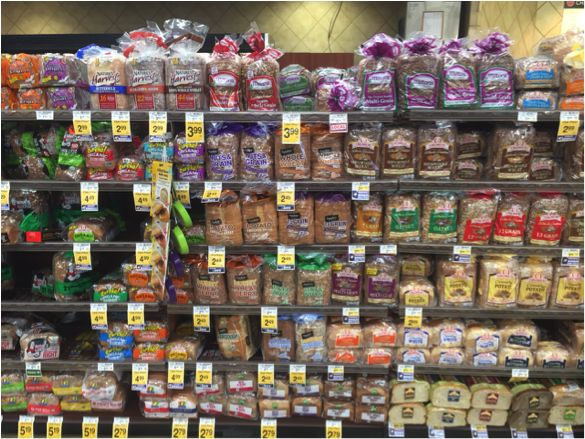 The Food Waste Solution That You Might Not Know You Are Using
The Food Waste Solution That You Might Not Know You Are UsingDo you buy bagged bread in the grocery store? There are usually several options including...
 Nature: The Original Chemist
Nature: The Original ChemistWe frequently see a contrast drawn between what is “natural” and what is “chemical.” Sometimes...

